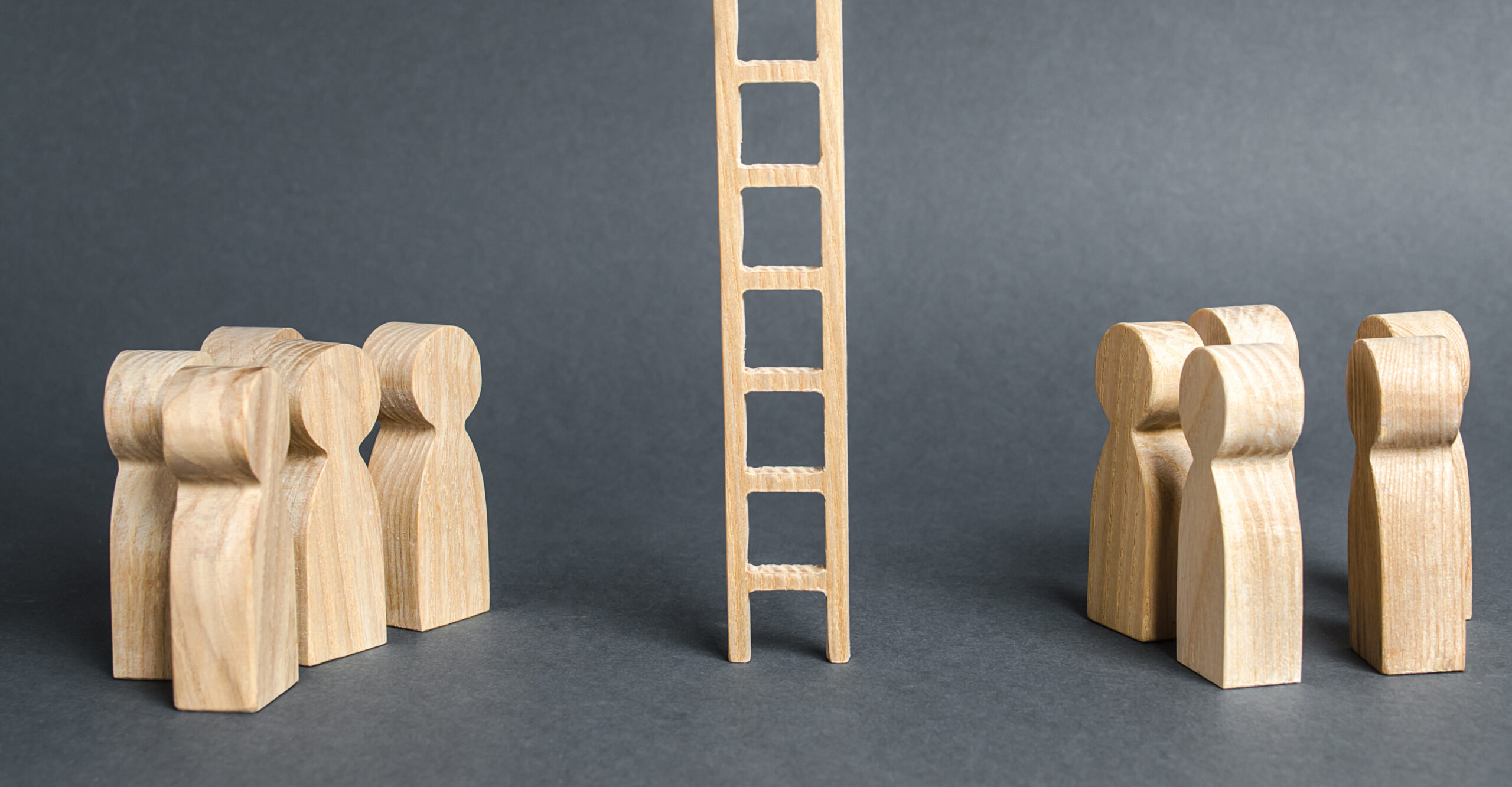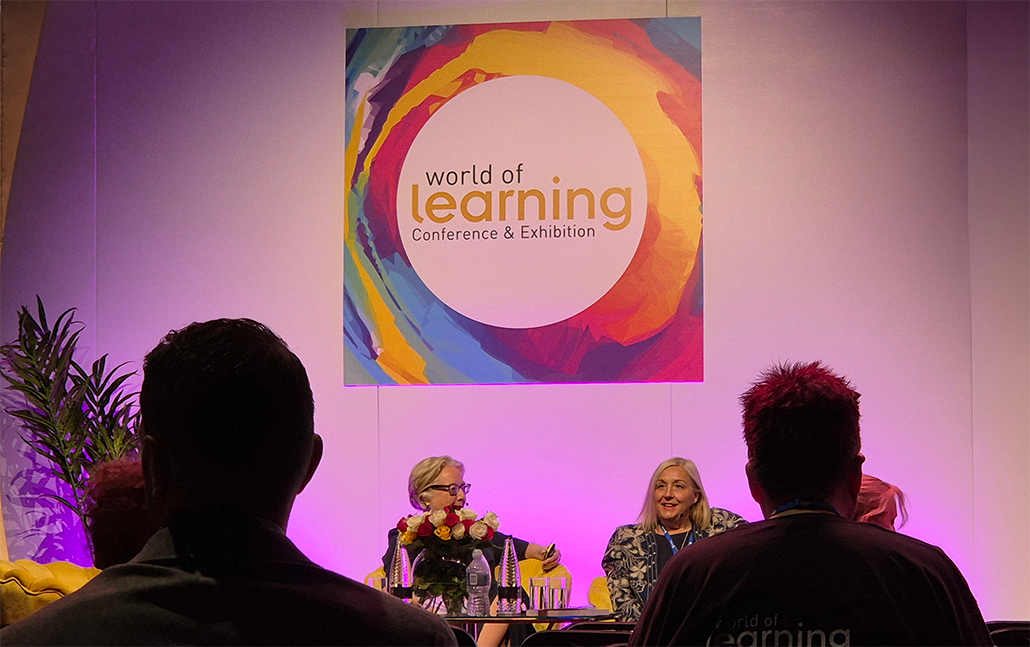Paul Russell profiles rebellious leader Che Guevara.
A t-shirt bearing his iconic image, a ‘revolucion’ mug to drink your tea from or even an iconic black beret with single red star. There are over 5000 Che Guevara items you can buy on Amazon, testament to his status as ultimate icon of the Cuban revolution.
Fidel Castro in comparison warrants a fifth of this focus. Since his death in Bolivia in 1967 at just 39 years of age, Guevera has become the byword for rebellion and a symbol of struggle, his leadership romanticised and revered.
Ernesto Guevara de la Serna was born on 14 June 1928, one of five children, and studied to become a doctor at the University of Buenos Aires.
A motorcycle tour of South America with a friend, chronicled by Guevara, showed his awakening to exploitation and poverty, he wrote: “I began to come into close contact with poverty, with hunger, with disease, with the inability to cure a child because of a lack of resources…I began to see there was something that, at that time, seemed to me almost as important as being a famous researcher or making some substantial contribution to medical science, and this was helping those people.”
He appreciated the power of differentiation and of embodying values that others can connect with.
And then: “The future belongs to the people, and gradually, or in one strike, they will take power, here and in every country.”
In 1954 Guevara was in Guatemala when the Arbenz regime was overthrown, he escaped to Mexico and met the man who would become instrumental in the political turn that Guevara’s life would take- Fidel Castro. Alongside Castro, Guevara concocted a plan to remove Cuban dictator Fulgencio Batista from power, and around this time also married his first wife Hilda Gadea.
His likening for using the word ‘che’ or ‘pal’ led to Guevara earning the famous nickname for which he is known. After extensive training, Guevara left for Cuba to begin the guerrilla attack on Batista.
The campaign in Cuba was protracted but Guevara utilised the weaknesses of his enemies to strengthen his position. He said: “Once the conflict broke out, the regime’s repressive measures and its brutality, far from diminishing popular resistance, increased it… Whilst the guerrilla differentiated themselves through their discipline and morale.”
This differentiation was key as it enabled Guevara as a leader to obtain support and followers from the rural communities, slowly building influence and power. Guevara married his second wife Aleida March in 1959 around the time that the Batista regime was finally overthrown and they went on to have four children.
Guevara had various governmental roles in the years 1959-1961 but was far from content and had a reported inability to compromise. Guevara said: “Many will call me an adventurer, and that I am, only one of a different sort: one of those who risks his skin to prove his platitudes.”
RELATED CONTENT
In an Argentinian Independence Day speech, Guevara said that the task of mankind was the: “Destruction of the monopolistic imperialistic enemy.” As a leader, Guevara saw it as his duty to share his learnings of guerrilla warfare in Cuba so that they could be replicated elsewhere.
His book Guerrilla Warfare: A Method, was the result. After finally deciding to cut his ties with Cuba, Guevara launched a failed campaign in the Congo before turning his attention to Bolivia.
What Guevara had perhaps not fully appreciated were the political, economic and cultural differences that would lead to the Bolivian campaign’s ultimate failure.
Cultural differences between Bolivian and Cuban factions of his small guerrilla force were vast, suspicions were high, and that loyalty and support that Guevara had previously been able to engender from rural communities wasn’t possible.
During this time, Guevara kept notebooks which were later made into a book, The Bolivian Diaries, in which he recounts his struggles during the campaign, writing: “There are moments when I lose control over myself… a struggle of this type gives us the opportunity to become revolutionaries.”
Ernesto Guevara eventually died at La Higuera on the 9th October 1967 in the southern Bolivian Andes. His hands were cut off to prove his death and his body was buried in a corner of an airfield in Vallegrande until 1997 when his bones were exhumed and returned to Cuba, leading Fidel Castro to declare ‘the year of the revolutionary’.
Guevara as a leader was idealistic, he saw action as the route to revolution and welcomed hardship as evidence of commitment and passion. If he wasn’t able to ‘risk his skin’ then in his eyes, his sentiment became worthless.
This rigid view led Guevara to make rash and unwise decisions as a leader leading to his untimely death, and this untimely death undoubtedly contributed to his memory becoming indelibly aligned with the romance of rebellion.
Yet Guevara also intimately understood that leadership wasn’t a quick win but a long term campaign where small victories would build into eventual success. He appreciated the power of differentiation and of embodying values that others can connect with. In Guevara’s own words: “If he is to win, he must find a way to gradually shift the relative balance of strength in his favour.”
About the author
Paul Russell is co-founder and director of Luxury Academy London. Luxury Academy specialise in leadership, communication and business etiquette training for companies and private clients across a wide range of sectors.



